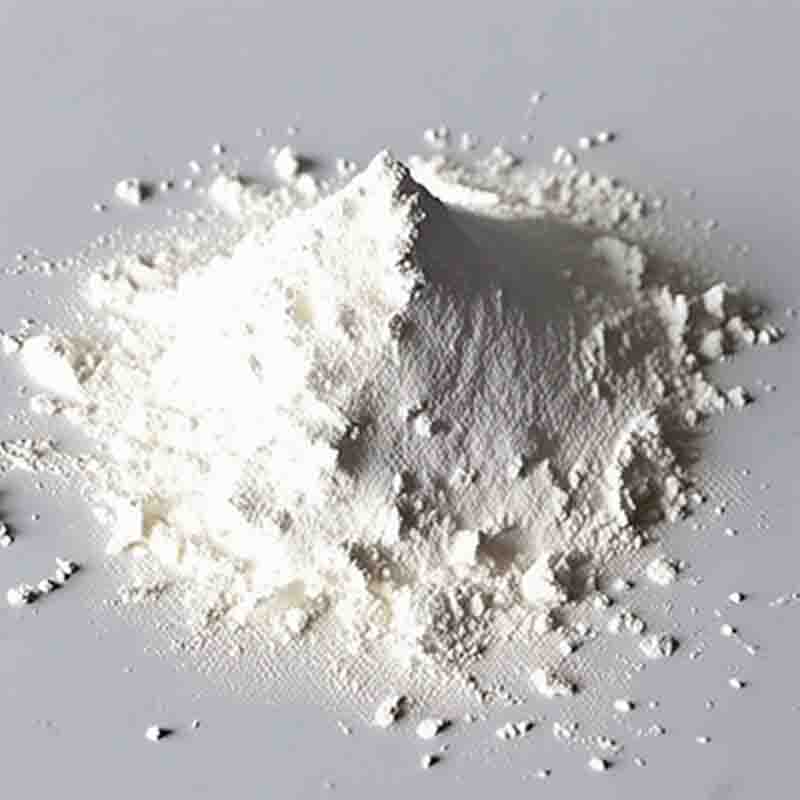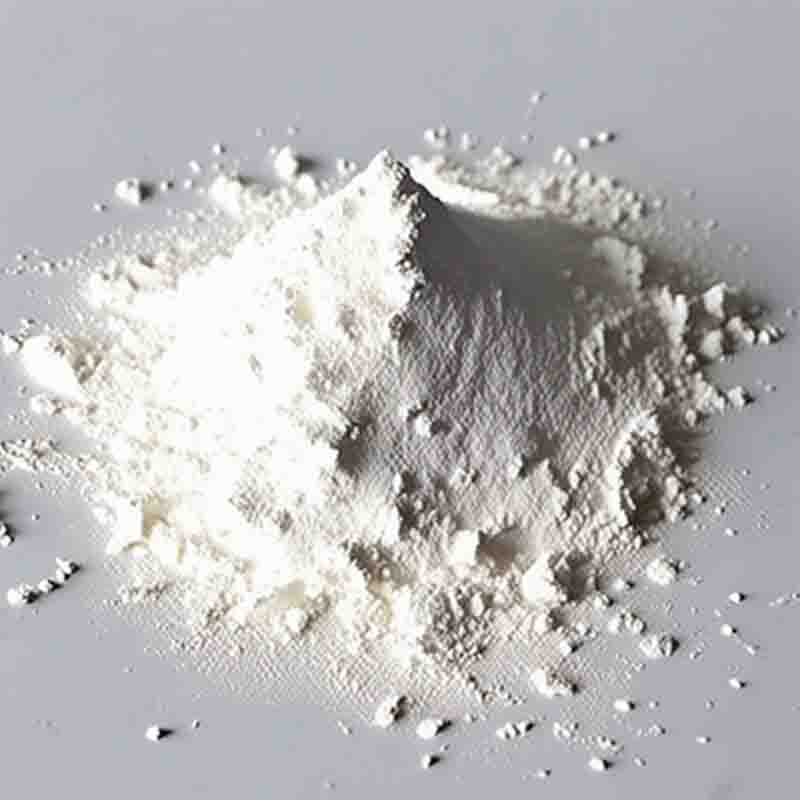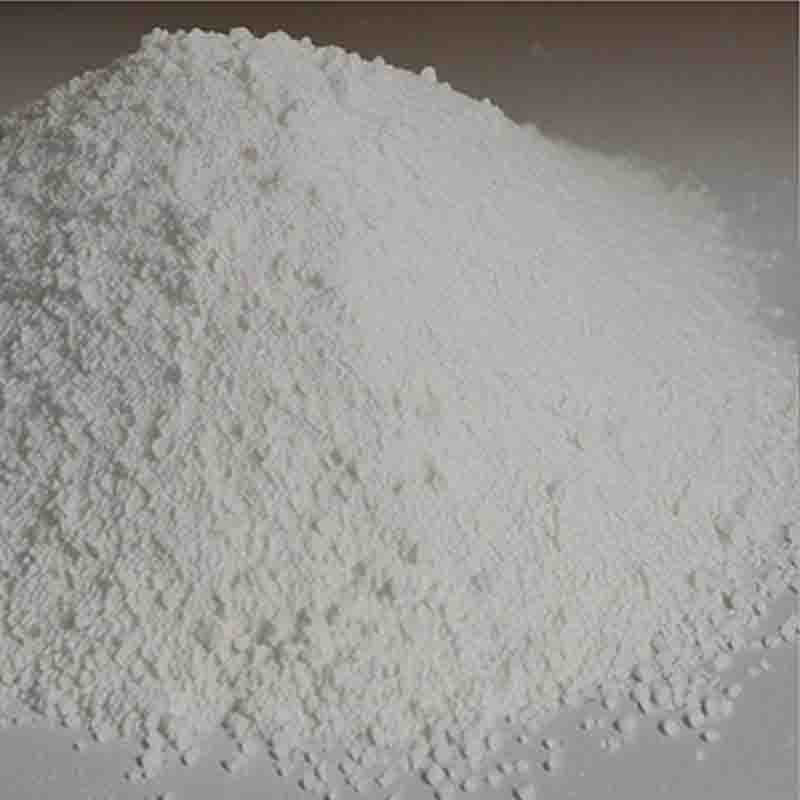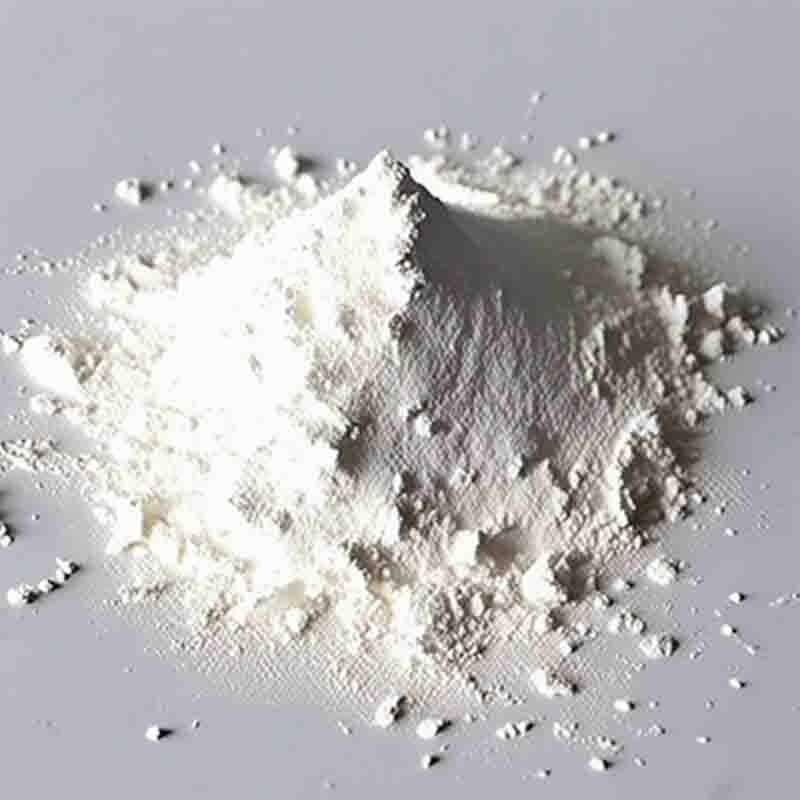Bis(tri-tert-butylphosphine)palladium(0) CAS: 53199-31-8
| Catalog Number | XD94435 |
| Product Name | Bis(tri-tert-butylphosphine)palladium(0) |
| CAS | 53199-31-8 |
| Molecular Formula | C24H56P2Pd(CH3)3]2 |
| Molecular Weight | 513.08 |
| Storage Details | Ambient |
Product Specification
| Appearance | White powder |
| Assay | 99% min |
Bis(tri-tert-butylphosphine)palladium(0) (Pd(tBu3P)2) is an organometallic compound that contains two tri-tert-butylphosphine ligands bonded to a central palladium atom. It is commonly used as a catalyst in various organic synthesis reactions, owing to its ability to promote a wide range of transformation processes and exhibit high catalytic activity.One of the major applications of Pd(tBu3P)2 is in cross-coupling reactions, particularly the widely studied and versatile Suzuki-Miyaura coupling. This reaction involves the coupling of an aryl or vinyl boronic acid with an aryl or vinyl halide, leading to the formation of a new carbon-carbon bond. Pd(tBu3P)2 serves as an effective catalyst in facilitating this transformation by forming a Pd(II) species that undergoes oxidative addition with the halide, followed by transmetallation with the boronic acid. The resulting aryl or vinyl group is then reductively eliminated to yield the desired coupled product. The use of Pd(tBu3P)2 in this reaction is advantageous as it provides high yields, excellent substrate scope, and broad functional group tolerance.Pd(tBu3P)2 is also employed in other palladium-catalyzed coupling reactions, such as the Heck reaction and the Stille coupling. In the Heck reaction, it acts as a catalyst to form a transient Pd(II) species, which undergoes migratory insertion with an aryl or vinyl halide and subsequent reductive elimination, leading to the formation of a new C-C bond. Similarly, in the Stille coupling, Pd(tBu3P)2 facilitates the coupling of an organostannane with an aryl or vinyl halide. These reactions enable the synthesis of a wide range of organic compounds with diverse structural motifs.In addition to cross-coupling reactions, Pd(tBu3P)2 is useful in other catalytic processes. For example, it can promote various carbon-heteroatom bond-forming reactions, including carbon-oxygen, carbon-nitrogen, and carbon-sulfur bond formations. Additionally, it has been applied in the catalytic hydrogenation of unsaturated compounds and the carbonylation reactions.It is worth noting that Pd(tBu3P)2 is air-sensitive and should be handled under an inert atmosphere. Typically, it is used in combination with a suitable co-catalyst or ligand, such as a phosphine or a phosphite, to enhance its catalytic efficiency and stability.In summary, Bis(tri-tert-butylphosphine)palladium(0) is a versatile and widely used catalyst in organic synthesis. Its ability to promote cross-coupling reactions, carbon-heteroatom bond formations, and hydrogenation reactions makes it an invaluable tool in the construction of complex organic molecules. With its high activity, excellent selectivity, and broad substrate scope, Pd(tBu3P)2 has become a staple in the toolbox of synthetic chemists.




![2-Chloro-8-cyclopentyl-5-methyl-8H-pyrido[2,3-d]pyrimidin-7-one CAS: 1013916-37-4](https://cdn.globalso.com/xdbiochems/白色粉末2285.jpg)




